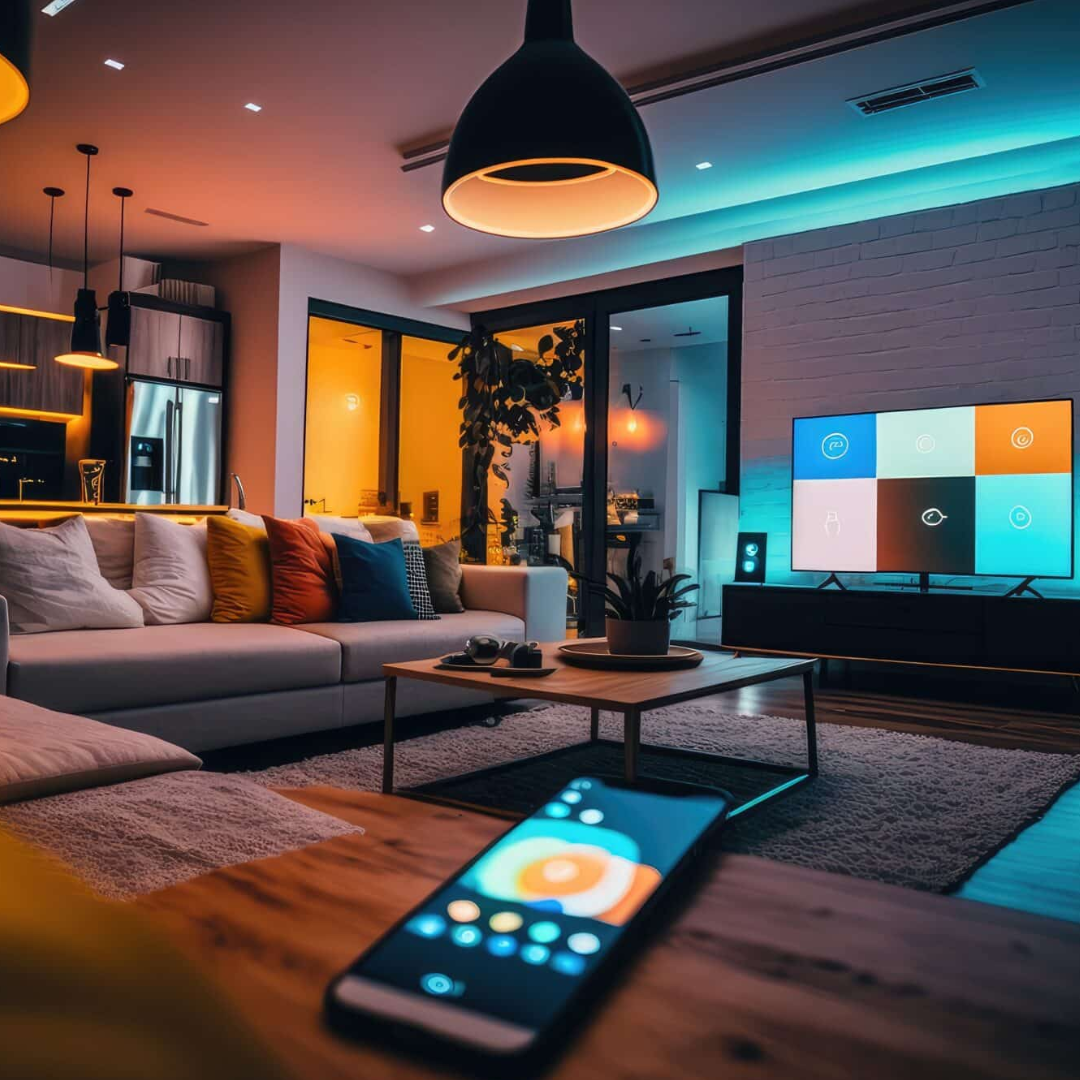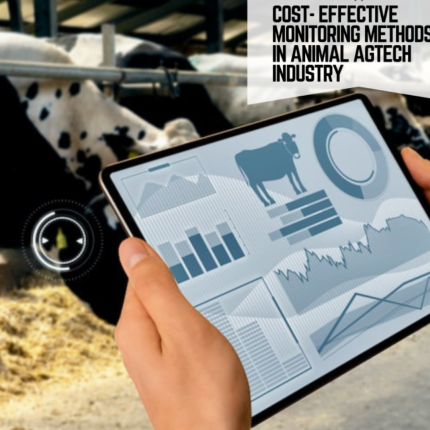Description
Overview of Smart Lighting Using LoRaWAN
Smart lighting systems using LoRaWAN (Long Range Wide Area Network) are revolutionizing energy management in large-scale environments like cities and industrial complexes. These intelligent lighting networks utilize LoRaWAN’s low-power, long-range communication capabilities to control and monitor lights over vast areas with minimal infrastructure. By connecting streetlights and industrial lighting to a central management system, operators can remotely adjust brightness, schedule operation times, and detect faults in real-time.
The use of LoRaWAN allows for the efficient transmission of data between numerous lighting fixtures and the control system, enabling enhanced energy savings, reduced maintenance costs, and improved responsiveness. This advanced approach to smart lighting is particularly beneficial in areas requiring reliable, low-cost communication for widespread deployment, making it a key component in smart city initiatives and industrial automation.
Applications in Smart Lighting Using LoRaWAN
- Automated office lighting control
- Smart lighting for energy management
- Personalized home lighting scenes
- Adaptive lighting based on room occupancy
- Real-time location-based lighting adjustments
- Enhanced security lighting systems
- Smart lighting for retail environments
- Automated emergency lighting systems
- Interactive lighting for museums and exhibitions
- Smart lighting in healthcare facilities
- Smart lighting for smart cities
- Personalized lighting for residential spaces
- Event-triggered lighting changes
- Smart lighting integration with voice assistants
- Dynamic lighting for hospitality and entertainment venues
- Energy-efficient Street lighting
- Smart lighting for public transportation hubs
- Automated lighting for warehouses and logistics centers
- Intelligent lighting for educational institutions
- Adaptive lighting in smart parking facilities
- Smart lighting for stadiums and arenas
- Customizable lighting for smart homes
- Real-time lighting adjustments for conference rooms
- Smart lighting for libraries and study areas
- Adaptive lighting for outdoor recreational areas
- Automated lighting for smart farms and greenhouses
- Smart lighting in historical sites and landmarks
- Dynamic lighting for art installations
- Intelligent lighting for industrial settings
- Smart lighting for high-traffic pedestrian areas
- Automated lighting for airports and terminals
- Real-time lighting management for shopping malls
- Smart lighting for residential security
- Adaptive lighting for personal health and well-being
- Automated lighting for building management systems
- Smart lighting for public spaces and parks
- Dynamic lighting for event venues
- Intelligent lighting for home automation systems
- Customizable lighting for commercial spaces
- Real-time lighting control for transportation infrastructure
Technical Specifications of GAO Tek Smart Lighting Using LoRaWAN
LoRaWAN end devices in Smart Lighting Systems
In smart lighting systems, LoRaWAN (Long Range Wide Area Network) end devices play a crucial role by enabling communication between individual lighting fixtures and the central management system. These end devices are typically integrated directly into the lighting fixtures or attached to external control modules that interface with the lights. The primary purpose of these devices is to facilitate wireless communication, allowing each light to be remotely monitored, controlled, and managed.
LoRaWAN end devices are strategically placed within or near the lighting fixtures. For streetlights, the devices may be installed inside the lamp housing or within a control box mounted on the pole. In industrial settings, the devices are often integrated into the lighting infrastructure or attached to external control units that can manage multiple lights simultaneously. These devices are designed to operate efficiently even in challenging environments, ensuring reliable communication over long distances.
The LoRaWAN end devices in smart lighting systems function as nodes in a wireless network, sending and receiving data to and from the central management platform. They transmit real-time information about the status of the lights, such as energy consumption, operational status, and fault detection. Additionally, these devices can receive commands for adjusting light intensity, scheduling on/off times, and performing diagnostics.
LoRaWAN Gateways in Smart Lighting Systems
In smart lighting systems, LoRaWAN gateways play a critical role in enabling long-range, low-power communication between lighting fixtures and central management systems. These gateways are typically installed at strategic locations to maximize coverage and ensure seamless data transmission across vast areas, such as in urban street lighting or large industrial complexes.
LoRaWAN gateways are often mounted on poles, rooftops, or other elevated structures to enhance their line of sight and coverage area. The height and positioning of the gateways are crucial, as they directly impact the signal strength and the ability to reach all connected smart lighting devices within the desired range. In urban environments, where buildings and other obstructions may interfere with signals, multiple gateways are deployed to create a robust, overlapping network that minimizes dead zones.
The installation process involves careful planning and site surveys to identify optimal locations. Once installed, the gateways are connected to the power supply and integrated with the existing communication infrastructure, either through wired Ethernet or cellular networks. This connectivity allows the smart lighting system to relay data on energy usage, maintenance needs, and operational status to a centralized platform, where it can be monitored and controlled remotely.
Cloud Systems
GAO LoRaWAN Cloud Systems consist of the following parts:
GAO LoRaWAN Gateways and End Devices
- LORAWAN
- LoRaWAN Gateways
- LoRaWAN End Devices
- LoRaWAN Accessories
- LoRaWAN – Cloud, Server, PC & Mobile Systems
- LoRaWAN Resources
- LoRaWAN Systems
GAO LoRaWAN Cloud Services Engine
Cloud Infrastructure, LoRaWAN Middleware, Data Analytics and Business Intelligence, and Security Measures.
Integration APIs
APIs enable seamless integration between the LoRaWAN solution and existing smart lighting system such as POS, inventory management, and e-commerce platforms, allowing for data exchange and synchronization.
Server, PC & Mobile Systems
GAO Server, PC & Mobile LoRaWAN Systems are composed of
LoRaWAN Gateways and LoRaWAN End Devices
GAO Server, PC & Mobile Software Engine LoRaWAN
Servers, PCs, Mobile Computing Devices and Infrastructure, Middleware Software, and Database Management System.
Integration with Smart Lighting Systems
The server, PC and mobile solution integrates with smart lighting systems such as inventory management, asset management, point-of-sale (POS), and enterprise resource planning (ERP) systems. Integration is achieved through APIs, database connections, or middleware adapters, enabling seamless data exchange and synchronization



